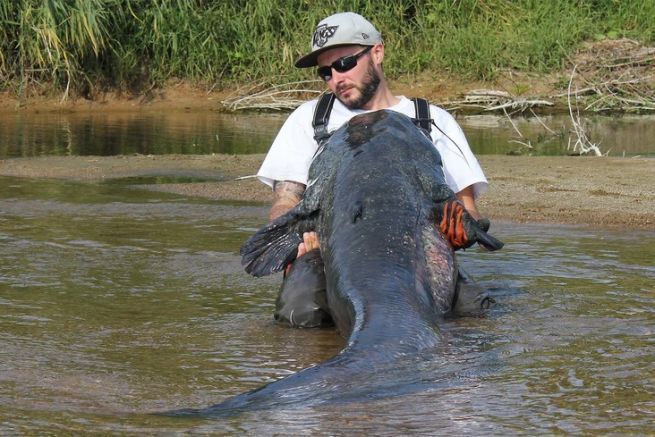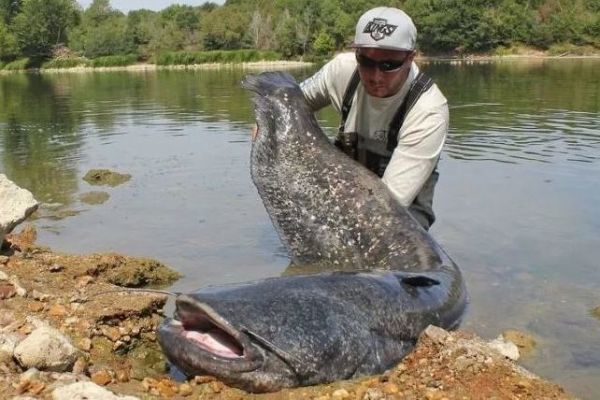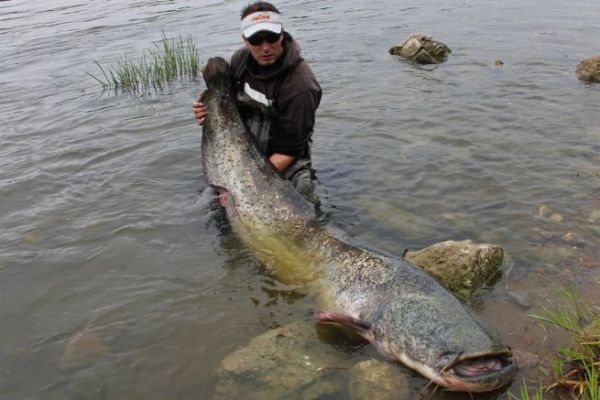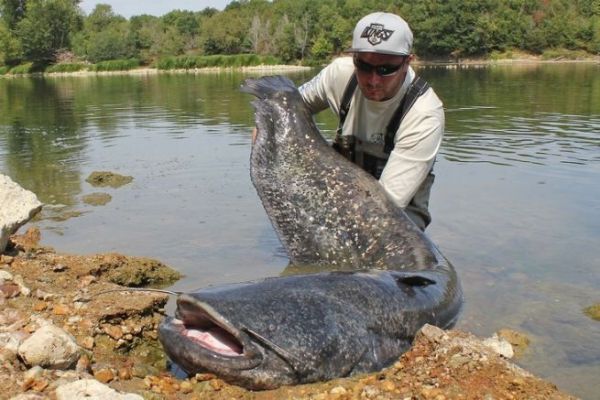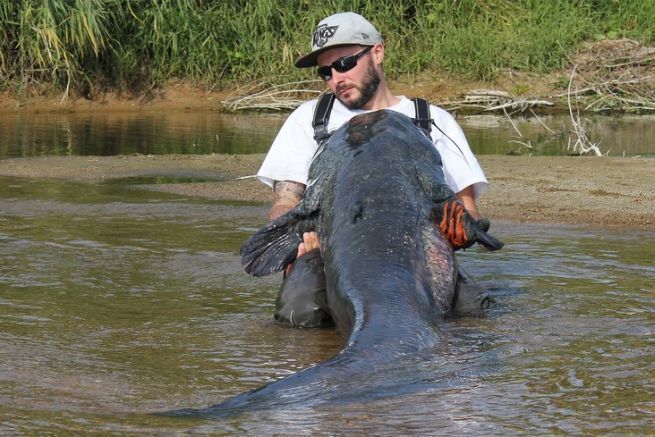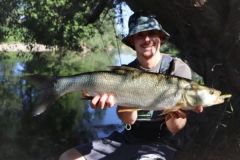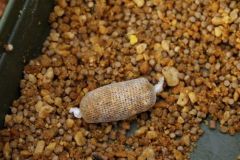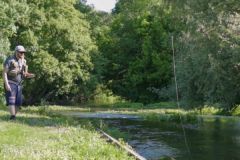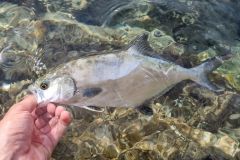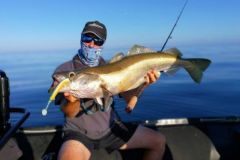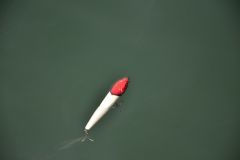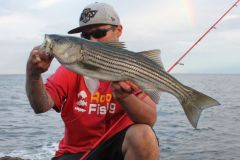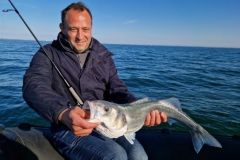1 - Vary the spots
When fishing for catfish with lures, it is better to cover the area as quickly as possible by targeting each strategic point rather than staying hours and hours on the same spot. If after this prospecting no fish has appeared, it is better to change spot and try your luck elsewhere rather than insist with the adverse effect that is the education of catfish. This strategy is more difficult to implement when prospecting new areas, it takes time to understand the bottom and the behavior of fish. After this learning and when you know your sectors well, it is not uncommon to catch a fish from the first cast.
2 - Varying schedules
The majority of the fishermen in search of the catfish frequent the banks of the water in the morning and evening. These are indeed good times to track this fish but nothing prevents you from trying your luck in the afternoon when there is no one around. On spots with a certain fishing pressure, I noticed that the big catfish were caught rather at "non-traditional" times.
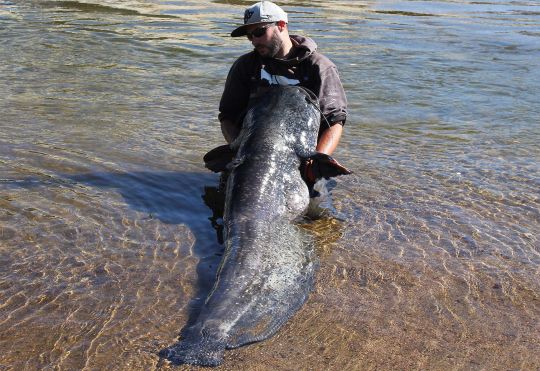
3 - Take advantage of the weather
A rainy day or an overcast mid-afternoon is a good time to go to the water's edge. Even if these times are short, it's worth taking advantage of them because the catfish may become active for a short time.
4 - Settling for a fish
Regardless of the size of the fish caught, I always consider the catching of a catfish as a great moment and enjoy the pleasure of observing an impressive fish by its dimensions. I think, without a doubt, that fighting a fish puts other individuals on alert and they will make the connection between a lure that passes over their heads dozens of times and the resulting danger. Even though it can be disappointing if you catch a small fish, I take it as a game and prefer to know that the spot will be productive all year long, rather than "clubbing" it and it being over after 2 days.
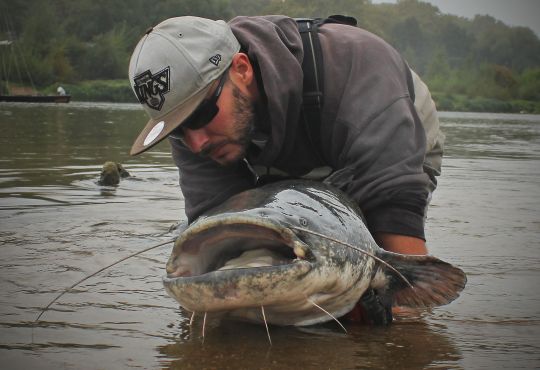
Finally, it simply allows us to enjoy each fish and what nature offers us.

 /
/ 